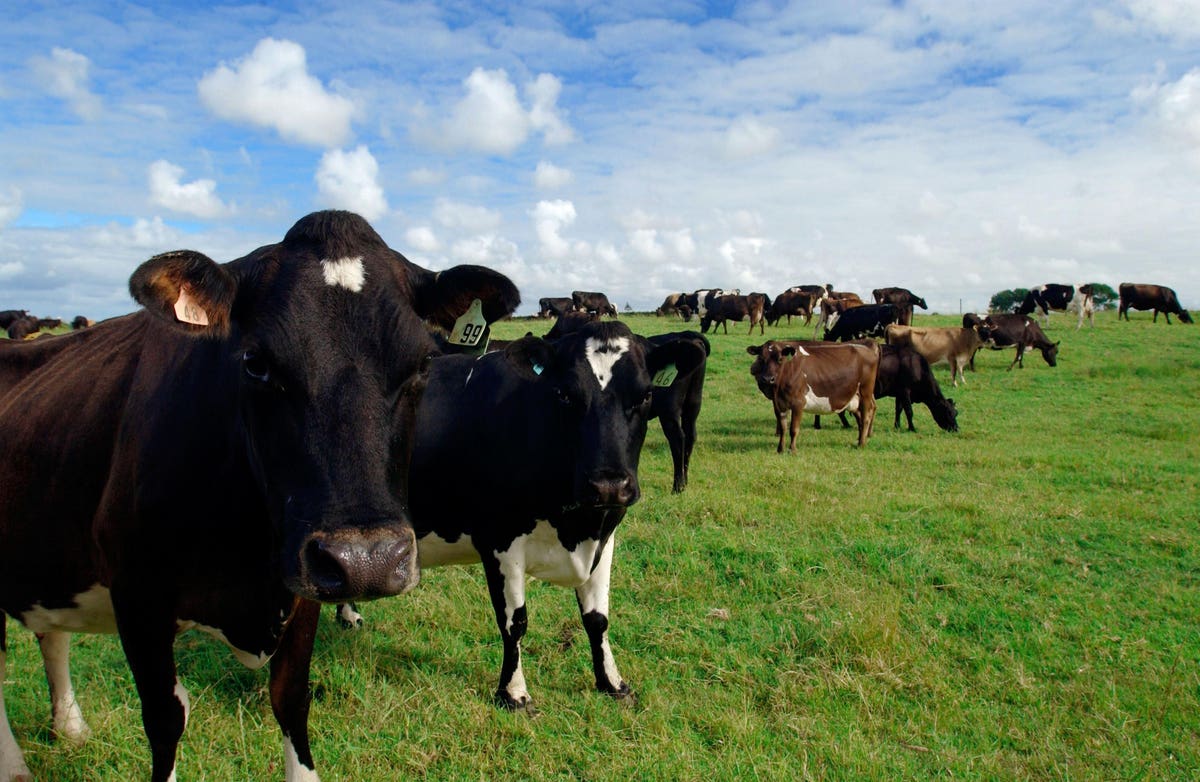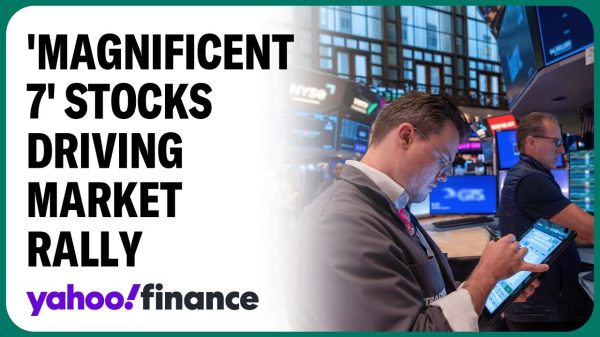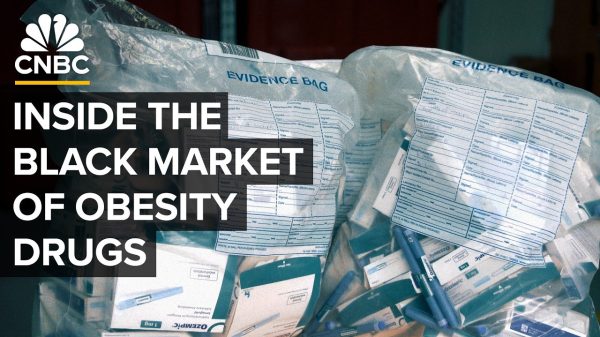Successful solutions for addressing climate change will need to be bold and highly impactful.
Intriguing examples of such solutions were the subject of a recent conference co-organized by the University of California, Santa Cruz and Santa Clara University. The conference program, summary, and presentations can be found here.
The conference featured two keynote presentations, and both described bold initiatives. One keynote presentation proposed an innovative, scalable, eco-friendly technology for producing meat. The other keynote proposed a financial market innovation for incentivizing governments to honor their emissions pledges.
Both innovations hold the potential to induce a dramatic decline in the emission of greenhouse gases into the atmosphere. Moreover, both innovations rely on people following their self-interest. The remainder of the conference included a series of papers devoted to the conference theme, harnessing the energy of private financial markets to address climate related threats.
Reducing Methane and Storing Carbon While Producing Meat
Patrick Brown is the founder of the firm Impossible Foods. Brown’s keynote described how to produce delicious meat without needing cows. No joke. Helen Popper, one of the conference organizers, pointed out that “replacing meat not only reduces emissions but increases the scope for increasing carbon dioxide capture.”
While producing meat without cows is a bold idea, it is not far-fetched. Brown contended that his firm, Impossible Foods, is producing delicious meat from plants using new technology. I know. Impossible Foods’ products are already being sold in a store down the street from my home.
Notably, the new technology incorporates the use of heme, an iron-rich molecule that is an important component of ground meat. Of course, the proof of the pudding is in the eating; and Brown presented evidence that consumers are eating Impossible Foods’ meat, and loving it.
It is important to understand why cows are a huge climate threat. Cows need grazing pasture, and the grazing pasture needed to feed so many cows has itself replaced plants that used to store vast amounts of carbon. Brown pointed out that the weight of the global cow population of 1.7 billion is more than ten times the weight of every other wild mammal, bird, reptile and amphibian. Adding domestic pigs, sheep, and chickens to the mix only exacerbates the problem.
Given the high level of emissions intensity, there is an enormous need for technologies which remove carbon dioxide from the atmosphere. Brown asserts that the technology being developed by his firm, if scaled, can provide such a solution.
The magnitude of the problem is certainly compelling. Animal agriculture currently requires 45% of Earth’s ice-free land surface. In contrast, all crops grown for human consumption require approximately 8% of Earth’s land surface; and the space required for all cities is less than 1.5% of Earth’s land surface.
Impossible Food’s technology holds the potential to disrupt most of the industry of animal agriculture. Brown believes that can happen within two decades. He cites many precedents of previous disruptions. For example, cellphone cameras replaced cameras using film. Automobiles replaced horses.
A successful disruption will require that the economics be right. Currently, meat farmers and ranchers net less than $7/acre annually. They would need to earn more by shifting from animal agriculture to crops to be used as inputs into synthetic meat. Presumably, doing so would involve revenues from carbon offset markets as well as the sale of meat products.
Offset markets establish prices for carbon; and prices will play an important role in the speed associated with transitions to new climate technologies. Although the EPA estimates the social cost of carbon to be $190 per metric ton, the average price of carbon globally is only about $19. This point was made by Bob Litterman, who gave the other conference keynote.
Bond Payoffs Linked to Emissions
Bob Litterman proposed the notion of a carbon barometer-linked bond. The idea behind these bonds is for countries to issue bonds with principal and interest linked to how well these countries live up to their climate pledges. Thus far, the world’s nations have largely failed to honor their past pledges. By issuing such bonds, countries provide themselves with an incentive to walk the climate walk.
There are at least three reasons to pay attention to Litterman’s proposal, the first relating to the current state of the environment, the second to Litterman’s credentials, and the third to the feasibility of issuing carbon barometer-based bonds. I discuss each in turn.
First, the global community is not walking the walk. The ratio net emissions/GDP is a measure of how “dirty” is economic production, whether for the world economy or the economy of a single country. One way to think about getting to net zero is getting the value of the ratio down to zero. In 2021, the global emissions intensity of GDP was 0.35 kg of CO2 per dollar. This figure is far too high if the goal is to maintain the global temperature increase below 2 degrees Celsius. By way of contrast, integrated assessment models recommend an emission intensity that lies in the range 0.12 to 0.25.
Second, Litterman is a presiding member of the Climate-Related Financial Risk Committee, established in October 2022 by the U.S. Financial Stability Oversight Council. The FSOC established the committee to identify, assess, and mitigate climate-related risks to the financial system.
Third, Litterman is a founding member of Kepos Capital, which has special expertise in climate issues. Litterman described how Kepos has developed emission indices upon which payoffs to carbon barometer-linked bonds can be linked. There is a saying about managing what you measure. There is another saying about putting your money where your mouth is. Both sayings apply to governments issuing carbon barometer-linked bonds which are constructed so that principal and interest increase with the gap between actual emissions and pledged emissions.
If there is a will, is there a way? When it comes to carbon barometer-linked bonds, Litterman tells us that there is a way. Now the question is whether nations have the will to issue them.
One of Litterman’s presentation slides which caught my eye displayed figures for the global emissions intensity of GDP. These figures indicate that in 2021, Chinese production was almost three times as dirty as US production.
This fact is really important. China has the second largest economy in the world, behind the US. China is the largest emitter of greenhouse gases in the world. Moreover, China’s emissions continue to grow, in contrast to the US and the EU whose emissions for years have been on a downward trajectory. While Chinese growth during the twenty-first century has been miraculous, the side effect has been a huge surge in emissions.
These are huge issues which do not get enough attention. It seems that the world looks the other way when it comes to the role of cows in climate change, and I wonder whether the same is true about Chinese emissions.
Policy Issues
The theme for the conference was “Catalyzing Private Financial Markets for Climate Solutions.” In addressing this theme, other conference speakers raised a host of issues associated with attracting private finance to fund climate solutions. Galina Hale, one of the conference organizers, described the following specific issues relevant to financial regulation and other policies.
1. Facilitate a functioning emissions market that will include all GHGs, and is supported by reliable measurement and audit processes as well as standardized credits. Conceivably, such a system would involve the application of accounting principles to emission flows that are similar to principles traditionally applied to cash flows. Doing so would facilitate greater participation of private financial institutions in climate investment activities.
2. Rethink the regulation of insurance companies to allow more flexibility while incentivizing climate scenario modeling. Constraints on insurance companies reduce the insurance market’s ability to properly price climate risks. Frequently, this results in the rationing of insurance services.
3. Tax food waste. Food production is a large component of GHG emissions. Food waste contributes 6-7% to total emissions and in most countries, it is still untaxed. Taxing commercial food waste will generate both incentives and revenues.
4. Sponsor research on geothermal energy. Geothermal energy is a local clean source of energy and geothermal research is underfunded. Increased government funding of exploration will speed up the discovery process.
5. Without compromising credibility, fast-track the regulatory processes for SDG-contributing projects and companies.
6. Connect mitigation and adaptation projects to investors and provide a registry and audit of such projects to mitigate greenwashing.
Conference Bottom Line
We have reached a point where the threat posed by climate change has become discernible, with a strong need for bold solutions, especially involving private sector investment. On that score, this conference offered much food for thought.
Read the full article here











